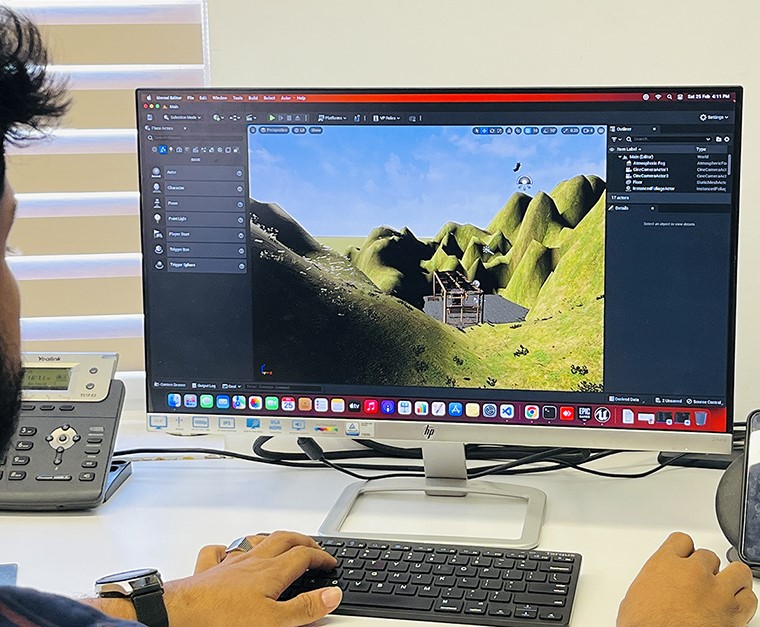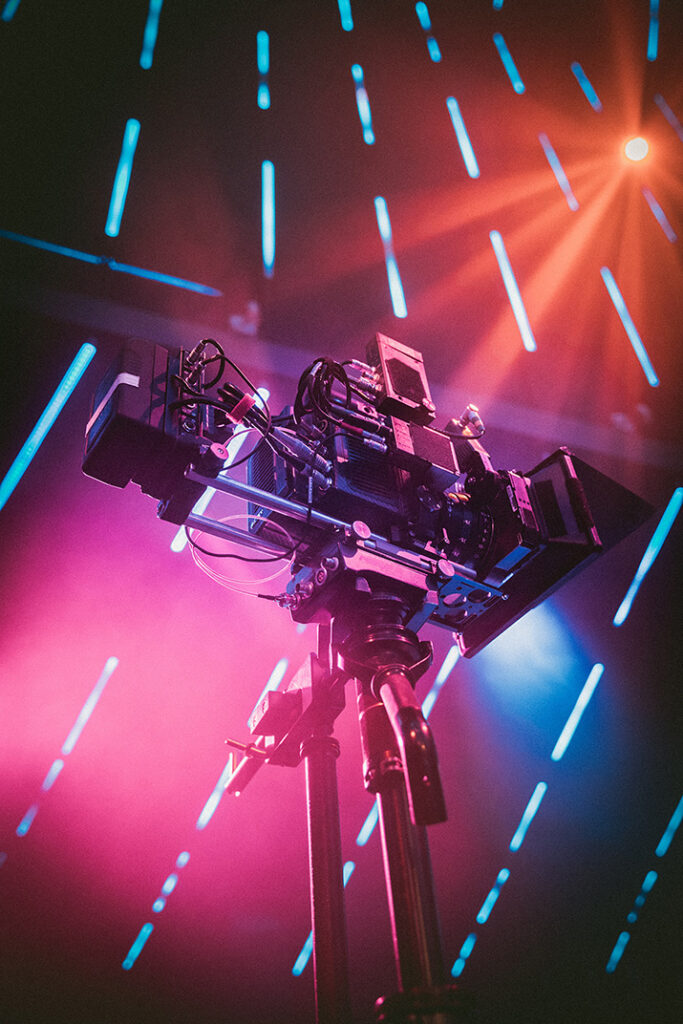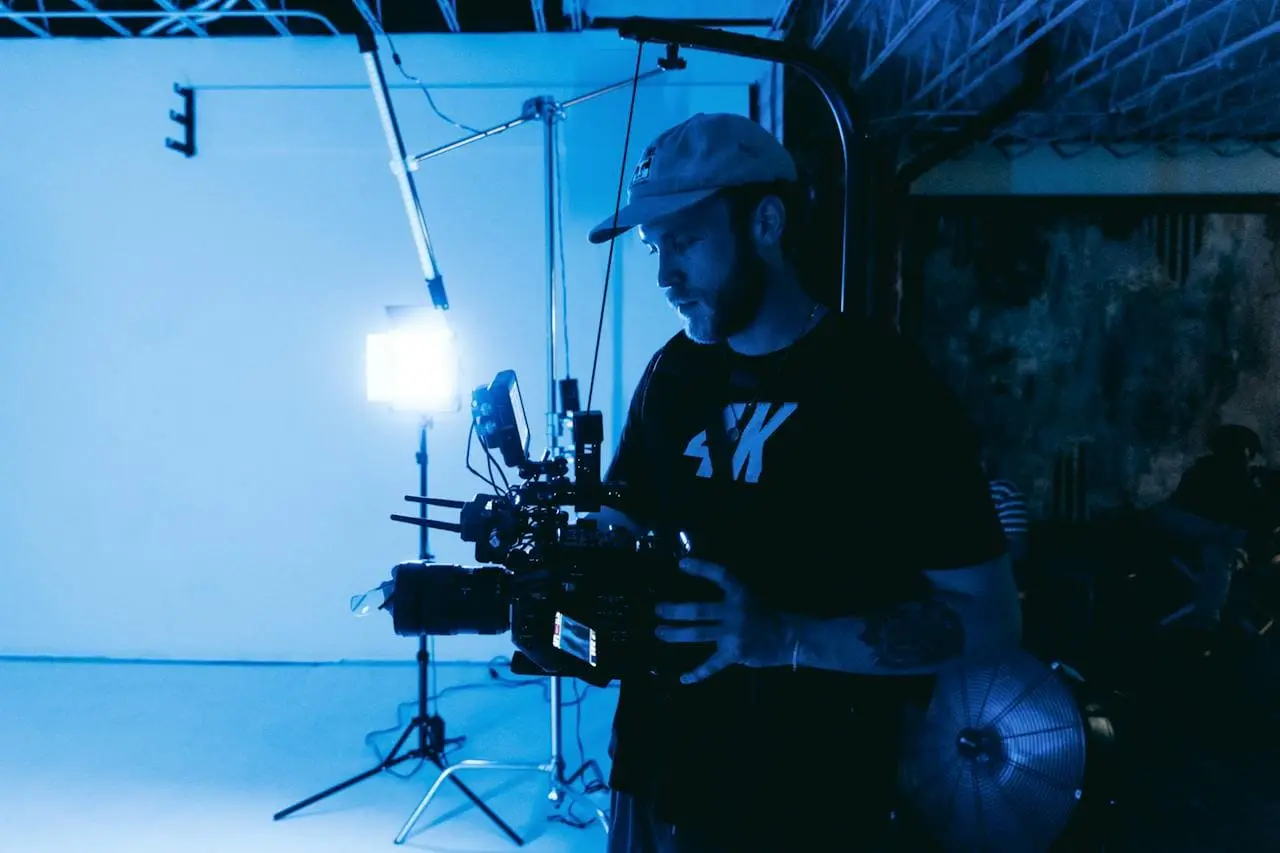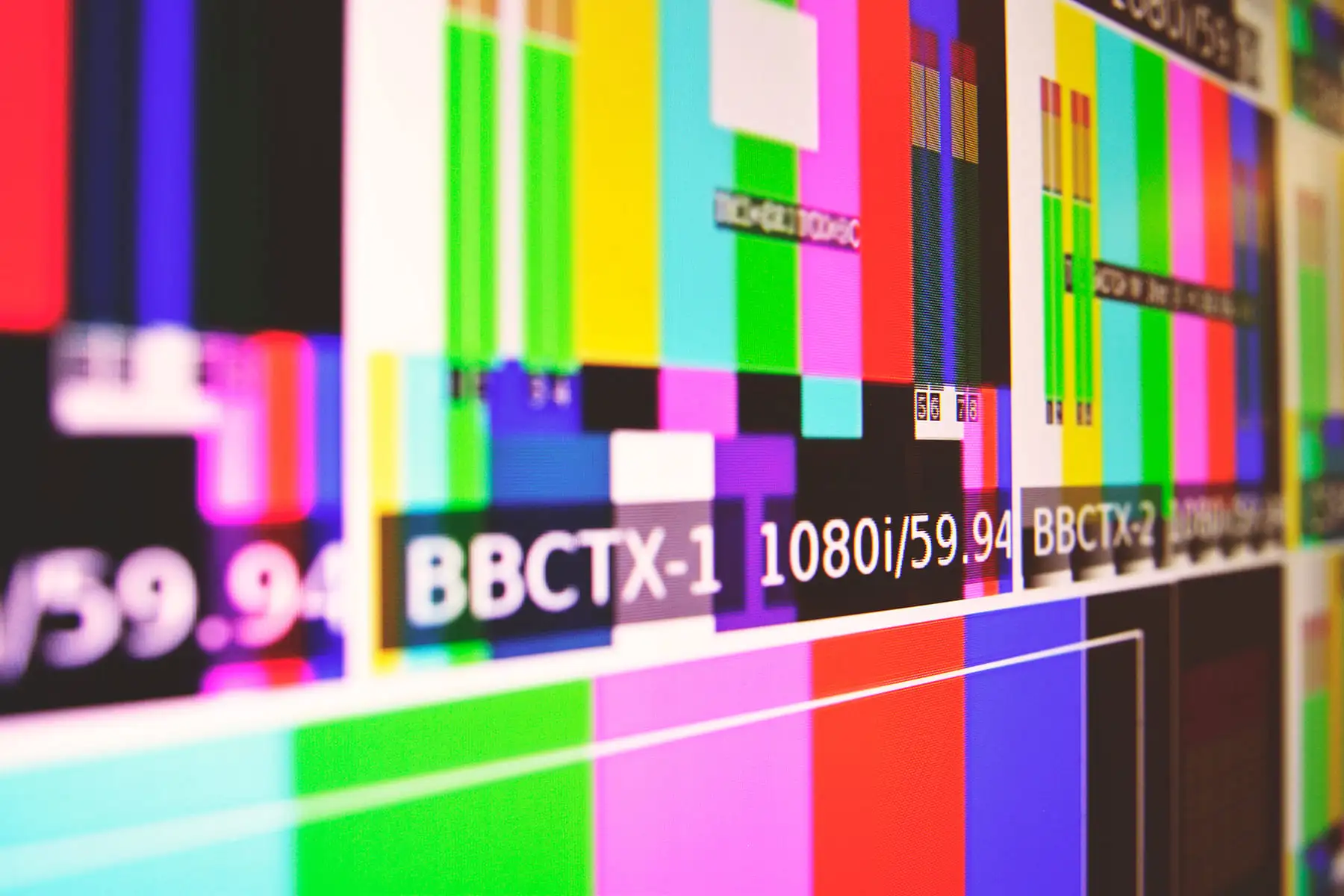Extended Reality is best defined as an ecosystem of immersive realities that include Virtual Reality (VR), Augmented Reality (AR) and Mixed Reality (MR). Using these digital means, we can then extend our realities by adding to and simulating the real world. And now, with tech giants doing their best to capitalize on the migration of live events to virtual platforms, XR technology has really taken off.

In the broadcasting industry, however, XR is often synonymous with Virtual Production using an LED Wall. This form of XR technology then allows for innovative ways of computer-human interactions that go beyond the world of green screens.
How is Extended Reality transforming broadcast production?
At first glance, XR may seem like just another trending buzzword. However, it is actually poised to remove some of broadcast production’s greatest obstacles, especially in terms of viewer engagement and remote production. And by offering a way around these challenges, XR technology has carved a niche for itself in the industry.
XR brings remote production teams together
Today, with the help of virtual communication tools, the world is slowly adjusting to a hybrid work environment that allows professionals to collaborate with each other no matter where they are. However, even these bits of technology have their limitations.
But where virtual communication tools often fail, in offering a natural and substantial form of collaboration, XR technology provides a means of real-time virtual interaction. This then means that professionals can work with each other in a shared virtual space almost as if they weren’t separated by geographical distances.
XR enables immersive production & real-time edits
Since XR technology solutions allow actors, hosts and producers to see the virtual world on site, they can edit, modify and transform their performances while still filming. This reduces the time spent on post-production editing and saves the unit a considerable chunk of its budget.
Additionally, XR eliminates the need for on-location filming for difficult (and expensive) terrain such as forests, cities or cliffs. This is because, with the use of XR-enabled virtual studios, these can simply be reproduced indoors in gripping detail.
Extends small sets into large virtual spaces
With XR technology and LED Walls going hand-in-hand, sprawling set designs that require large warehouse-sized spaces have become a thing of the past. This way, immersive technology solutions have made it possible to realize even big ideas on small sets.
Thus, with the help of Extended Reality, a background that looks like an expansive office space can now turn out to be a small XR stage running on Unreal Engine graphics.

Enables real on-site interactive lighting
Besides providing a seamless integration of the virtual and real worlds, LED displays also offer on-site interactive lighting that then reduces the need for further lighting adjustments. Not only is this beneficial for filming real objects with high reflection, but it is also helpful in providing real environmental reflection information and illumination while leaving behind the need for post-synthesis and addition processing.
Rapid camera calibration for quick changeovers between segments
Traditional green screen settings are often plagued by a major disadvantage – long lens correction times. This is because the virtual camera used in these settings takes hours to perfect its lens correction, causing much disruption on the scene. However, with XR’s virtual camera tracking system, lens correction time is reduced to just a few minutes, allowing for a much shorter scene preparation time.
Engage audiences from any demographic

The future of XR in broadcasting
In the next decade or so, XR technology is expected to become more accessible to larger audiences. Newsrooms will benefit most from XR tech. Journalists can become virtual companions for viewers using XR in broadcast productions.
Thus, as XR technology progresses, it’ll offer filmmakers and broadcasters a unique canvas that blends immersive technology and art, making live broadcast sessions with LED Walls and virtual environments the norm rather than the exception.



